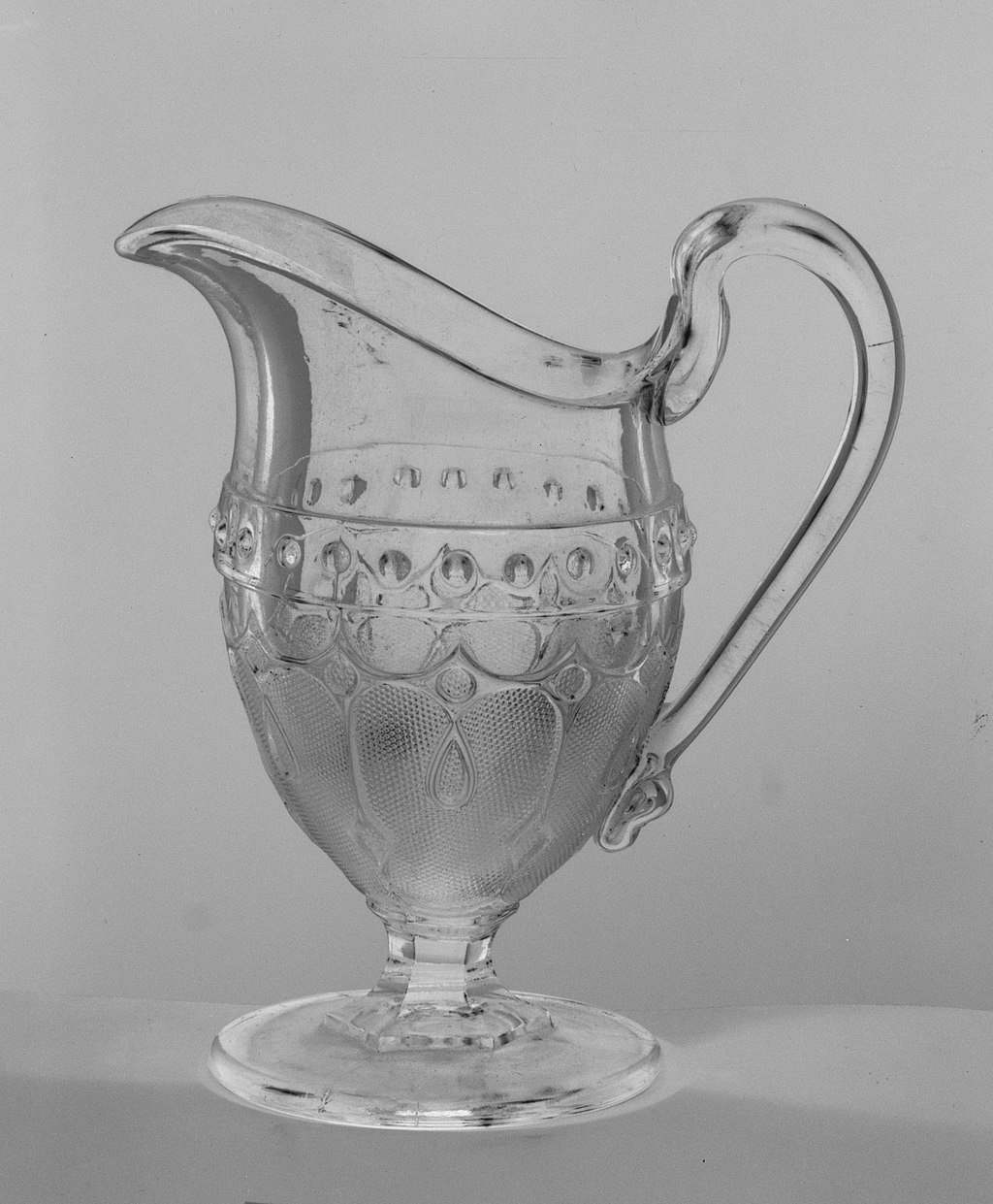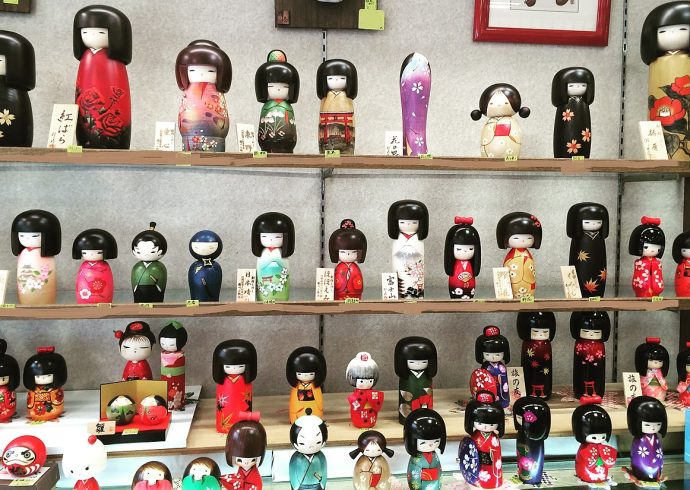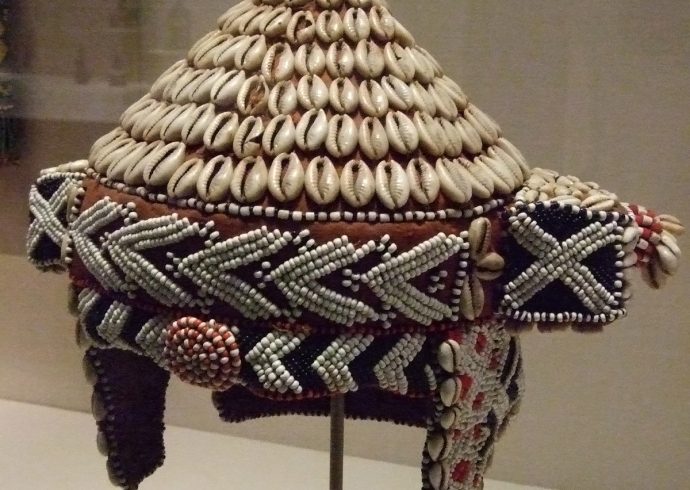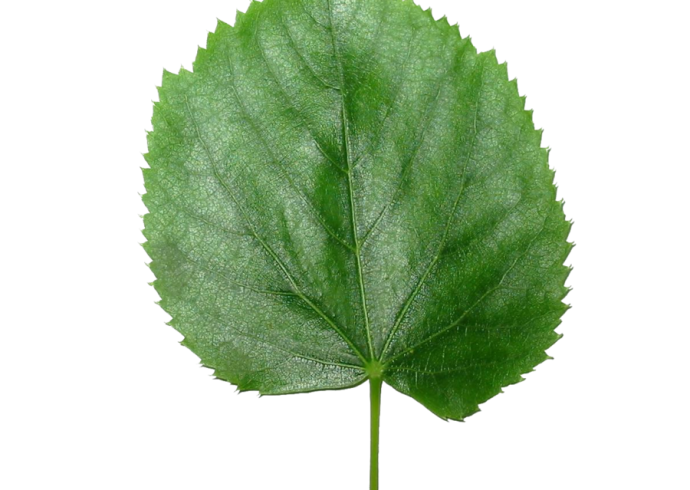
Collecting Portland Glass
The Portland Glass Company in Maine began in 1863 with John B. Brown as president. Starting off with a capital of $150,000, Brown was considered one of the wealthiest men in Maine, introducing the glass making industry to a city not far from where the popular Boston and Sandwich Glass Company, and New England Glass Company were located in Boston, Massachusetts. Brown spared no expense with the equipment necessary for a successful glass making factory. The latest furnaces, mills, molds, and other equipment were purchased, and a four-story factory being was on West Commercial Street in Portland, right near the bottom of Emery St. Since Portland Glass had to import raw materials such as coal and sand, the location along the eastern seaboard was perfect for the factory. While Portland Glass Company was in business for only ten years until its demise in 1873, it made an indelible mark on the history of glassmaking in the United States for its means of production, quality, and unique patterns.
Once Portland Glass established its company board, its members included treasurer and clerk J. S. Palmer, Rensellaer Cram, and George Brock. With the new Portland Glass Company established, the first superintendent was the British glass authority, Enoch Egginton. Prior to his new role in the company, Egginton designed and manufactured a set of glassware made especially for the American President Abraham Lincoln, according to an article in the Portland Press Herald, January 2, 1949.
The Portland Glass Company is considered to be one of the first American glass manufacturers to mass produce and at the same time have quality control, during a time when works of art for the home were individually and painstakingly made by craftsmen. Tableware and kerosene lamps were the first glass items created by the factory, and by 1864, only one year into the business, Portland Glass was manufacturing 5,000 pieces of glassware a day. The sand used in the making of the Portland glass came from the Berkshires in western Massachusetts, but molten glass was imported from England for the first pieces of glass manufactured at the new factory.
Both pressed glass and blown glass was manufactured in addition to cut glass, and some of the glass molds used came from other glass manufacturers, along with the glass makers. There are a number of pattern molds unique to Portland Glass, all of which are signed “P G Co” on the bottom of each piece. Over time, Portland Glass created its own set of unique designs, numbering over forty. Some of these patterns created include: Jacob’s Ladder, Oak Leaf, Birch Leaf, Greek Key, Garden of Eden, Tree of Life, Dahlia, Snowdrop, Owl and Possum, Roman Rosette, and Etched Fern. The most popular glass pattern by far was the Tree of Life, which was patented by Portland Glass. Some of the glass pieces produced by Portland Glass occasionally had log-patterned handles or feet, no doubt unique to the region, as Maine has long been known for its logging industry. The clear glass tableware produced was of a crystal-like quality, highly decorative in nature yet also practical: drinking glasses, pitchers, dishes and bowls. But like many other glass factories, colored glass was also produced, in yellow, light blue, red and green.
According to an article in The Morning Sentinel, Waterville, Maine dated October 12, 1991, it is estimated that approximately eight million pieces of individual patterned glass were manufactured during the company’s ten-year existence. This is quite impressive, considering the fact that the machinery used to create pressed patterned glass was still relatively new, being used by smaller glass factories since the early 1800’s. Also, the name Portland Glass Company eventually became overshadowed by two glass companies in nearby Boston, Massachusetts, Boston and Sandwich Glass, founded in 1826, and New England Glass Company, founded in 1818.
In September 1867, the factory burned down due to a fire which started in the carpenter shop in the glass factory. Yet the incident did not deter the company owners, for it was soon rebuilt afterwards, and six months later, glass production resumed. Egginton stepped down as superintendent, and William. O. Davis took his place, with the company hard at work once more manufacturing beautiful, ornately patterned crystal-clear glassware. Davis had many years of glassmaking experience in Pittsburgh prior to being employed with Portland Glass Company, and the patterns which he created were uniquely special in that many of them included his name woven directly into the pattern.
It was not long before Portland Glass Company became a popular household name during the mid-nineteenth century. The company had no need to publish catalogs of their products on a regular basis, nor invest in advertising. Due to the location of the factory, the majority of glass produced in Portland was shipped along the eastern seaboard, all the way out west. When Portland, Maine experienced a major fire in 1866 which resulted in 1,800 buildings including downtown businesses and homes burning to the ground, the Portland Glass Factory was spared of the fire, which was considered miraculous, due to the location of the building, and where the fire’s origin began, in a boat house on Commercial Street.
By 1870, as with most factories during that time, Portland Glass experienced a number of worker’s strikes. It was quite expensive to import coal from out of state, usually from Pennsylvania or Virginia. Starting in 1871, Portland Glass began to downsize the factory, number of employees and equipment used in manufacturing glass. In 1873, when the United States experienced the start of a major economic depression, the factory closed its doors for good. In 1879, the remaining factory and its contents of production were auctioned off. Just like the most highly skilled artisans and craftsmen, there was no record or catalog of the patterns produced, nor any of the pressed glass molds remaining on the property. The molds most likely went with the original designers when they left the company, never to be seen again, unless the designer found employment with another glass manufacturer. One such example is the Shell and Jewel design which appeared in 1893 once again, this time at a glass factory, most likely Westmoreland Glass Company, in Grapeville, Pennsylvania, according to an article in The Boston Globe, July 7, 1974.
In 1939, a book on the history of Portland Glass was written by Rhode Island native Frank H. Swan. The Portland Museum of Art houses a number of rare, original pieces of glassware manufactured by Portland Glass Company which have attracted historians of early American glassware. Due to Portland Glass being mass manufactured, it is easy to find pieces in antiques shops in Maine and around the nation. Portland Glass remains highly collectible today.
Image Credit: Metropolitan Museum of Art, CC0, via Wikimedia Commons.


